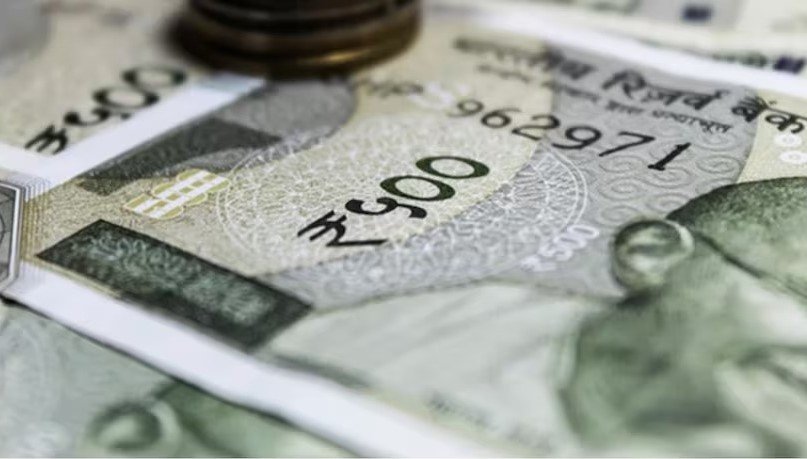



A rise in open interest on rupee/dollar currency futures at the Singapore Exchange shows investors moving their arbitrage and hedging activities there following restrictions by the Reserve Bank of India (RBI) on local currency futures, traders reported.
The RBI aims to boost the trading volume of rupee derivatives in the domestic market for better currency control. However, in January, the central bank updated rules to require underlying foreign exchange exposure for transactions in exchange-traded rupee derivatives.
Although the reason wasn't specified, central bank officials noted that under the Foreign Exchange Management Act, these derivatives are meant solely for hedging purposes.
This inadvertently pushed hedging activities to the Singapore Exchange, counteracting the RBI's goals.
Open interest in rupee/dollar futures on the Singapore Exchange surged 400% since the start of the year to 268,000 contracts, equating to nearly $6.5 billion based on a 7-day average. In 2023, the average open interest was 92,000 contracts.
Conversely, open interest on the National Stock Exchange of India for currency futures dropped by more than half to 2.7 million contracts, representing a $2.7 billion notional value.
"If you impose conditions on onshore trading, volumes will shift to offshore markets," stated Sajal Gupta, executive director and head of forex and commodities at Nuvama Institutional.
He noted that small foreign portfolio investors will look for alternative hedging options, while proprietary traders have been entirely excluded from the local market.
The RBI's hedging rule has driven volumes, a Singapore-based hedge fund analyst said, adding that margin requirements related to an FX over-the-counter platform have led to increased hedge fund activity.
 Request a call back
Request a call back


